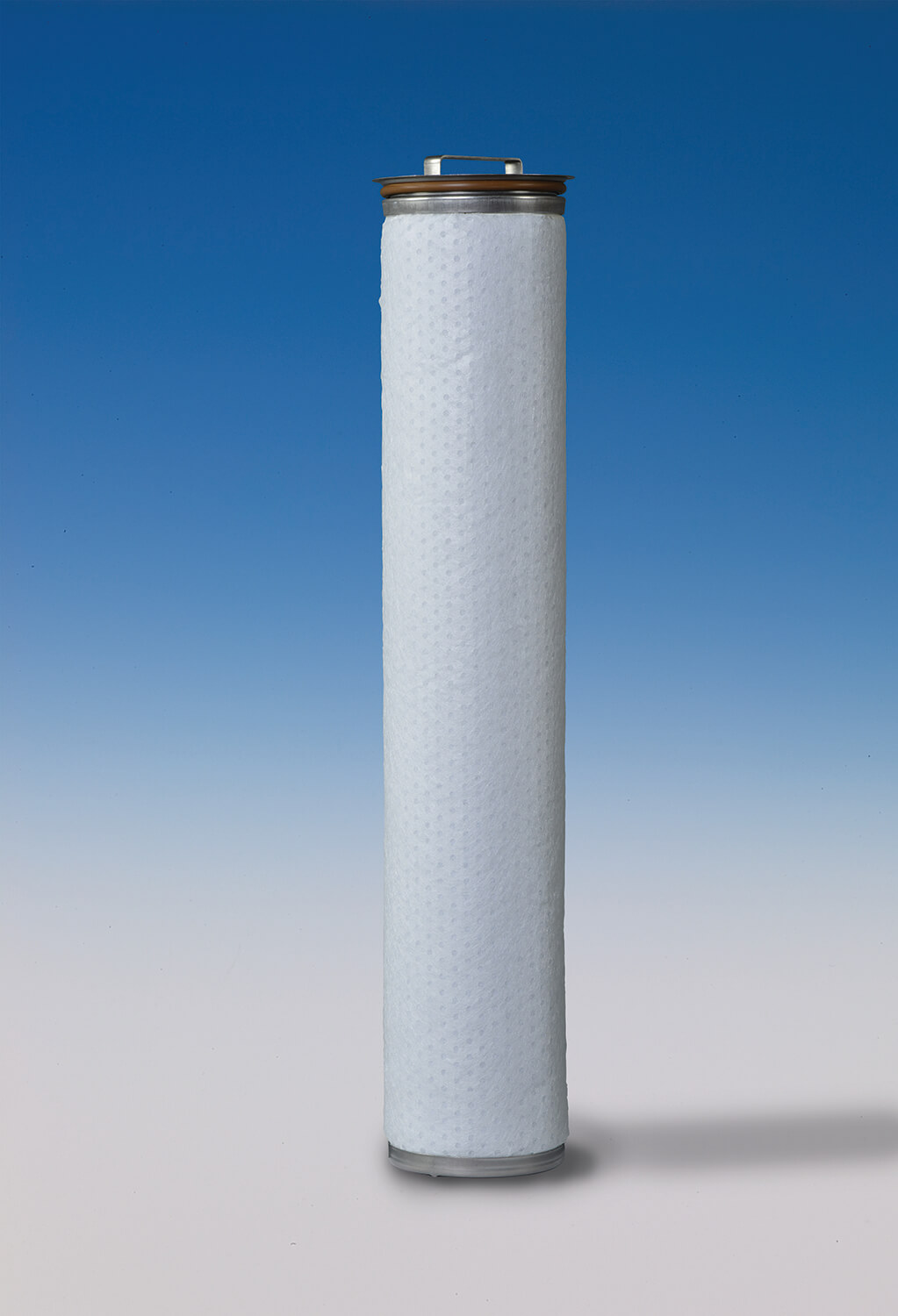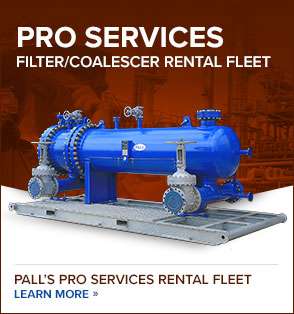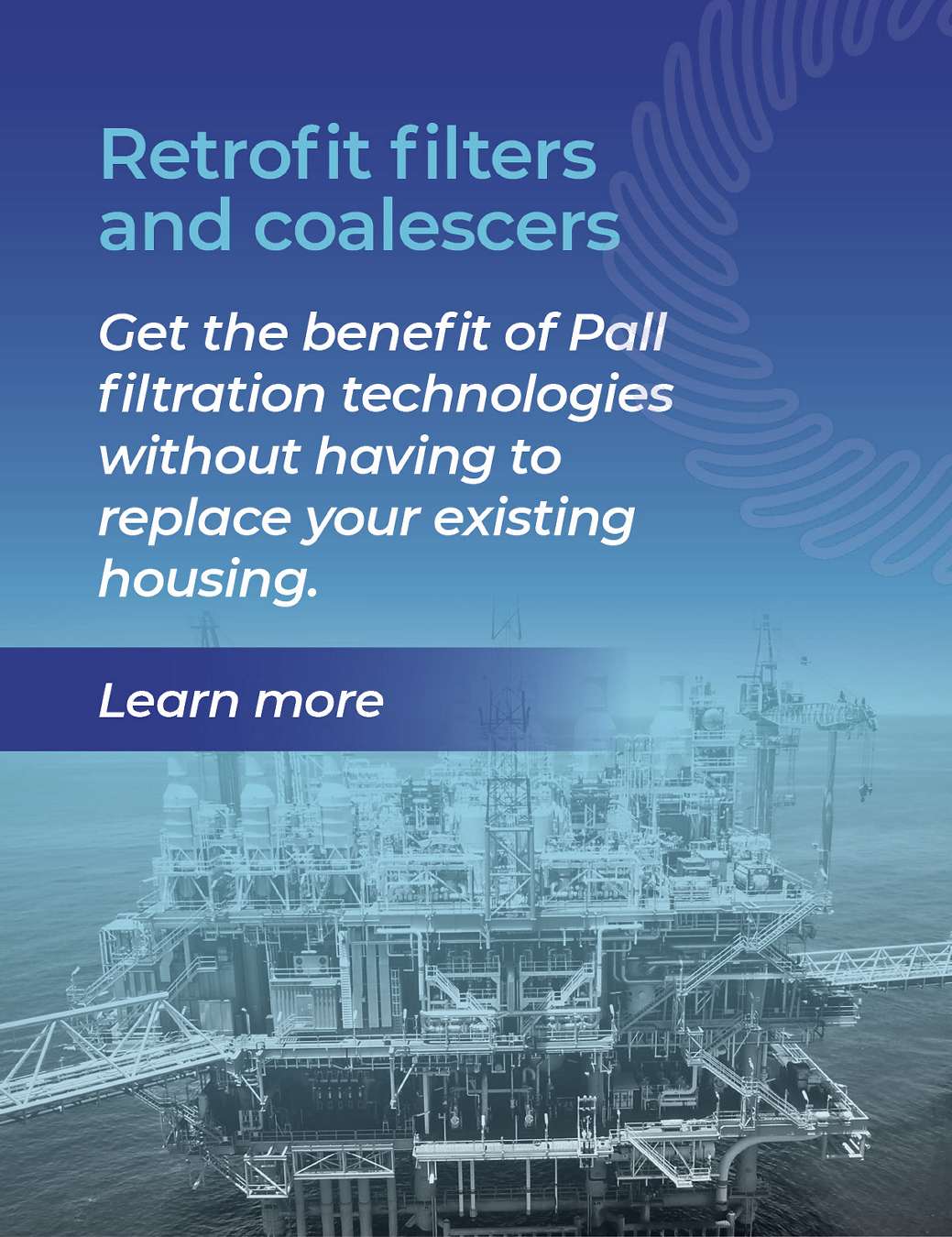What is a molecular sieve and how does it remove water?
Molecular sieves, also known as adsorbents, are used for hydrocarbon drying to remove dissolved water from hydrocarbon gases and liquids. Refineries use molecular sieve dryers for many dissolved water removal applications. Molecular sieves dry hydrocarbon gases to stop ice and hydrate formation in cryogenic separation to recover LPG. They dry hydrocarbon liquid streams upstream of water-sensitive catalysts in some reforming, isomerization, or alkylation units. They may also be used for final product dehydration to achieve high levels of dryness and meet water quality specifications. Reliable molecular sieve liquid dehydration is critical to these processes and operations. High-efficiency filtration and separation are crucial to achieving this reliability and targeting the desiccant bed campaign length.
Desiccant Protection From Free Water:
Desiccants must be protected from free water and liquid hydrocarbon contamination to maintain their effectiveness in gas drying applications. Free water causes long-term fracturing and dusting of the desiccant granules, while hydrocarbons burn onto the granules during the regeneration phase, progressively reducing moisture removal capability.
A premium solution is critical to achieving refinery LPG production reliability and scheduled campaign lengths via reliable treatment of wet gases, a premium solution is critical. High-efficiency SepraSol™ Plus Liquid/Gas Coalescers and MedallionTM HP Liquid/Gas Coalescers provide 99.999% liquid aerosol removal at 0.3 microns per the DOP test and 1 ppb downstream per the modified ANSI/CAGI-400-1999 test procedure.
For maximum protection against bed damage due to ingestion of liquid water, the SepraSol Plus liquid/gas coalescer assembly utilizes a dual-stage separation. This knockout sump pretreatment to media coalescence final treatment accepts most slugs without bypass or loss of removal efficiency. The full element oleophobically and hydrophobically-treated SepraSol Plus coalescers also recover from slugs very quickly, minimizing the pressure drop across the assembly. This coalescer removes micron and sub-micron size liquid droplets of water and hydrocarbons to provide on-spec water content and extended desiccant life by maintaining dehydrator efficiency and capacity and minimized bed pressure drop increase.
Molecular Sieves for Dissolved Water Removal from Hydrocarbon liquids
When removing dissolved water from hydrocarbon liquids, liquid water is a damaging contaminant that can reduce desiccant life by causing long-term fracturing and dusting of the desiccant. The AquaSep® XS and AquaSep® EL liquid/liquid coalescers offer high-efficiency water removal to protect the desiccant, protecting the downstream catalyst beds, and ensuring the campaign life of the molecular sieve beds is achieved.
AquaSep® XS Coalescers
Pall’s AquaSep XS liquid/liquid coalescer system is a lower-cost solution to separate emulsions versus competitive cartridge coalescers, sand beds, and electrostatic precipitators (ESPs). Its cost-effectiveness is due to the ability of each coalescer element to process a higher flow while still providing superior effluent quality.
Pall Products in Molecular Sieve Water Removal Applications
Downstream Protection in Molecular Sieve Drying:
As it ages, the molecular sieve releases desiccant fines, abrasive particulate that can damage downstream processes and instrumentation. High-efficiency particulate filtration is recommended to stop the fines from passing downstream.
Gas Dehydration Applications
A DGF Dry Gas Particulate Filter prevents damage to downstream process equipment due to entrainment of desiccant fines in the dry gas stream. A few styles are available for consideration.
The MCC1401 Filter Cartridges have a pleated design and steel core and come with one of two kinds of filters: Ultipor and Epocel. Ultipor filter cartridges use a fine-grade resin-bonded fiberglass medium that keeps the medium in place and provides high dirt holding capacity, low clean pressure drop, long service life, and low cost per gallon of gas processed. Epocel filter cartridges use a fine-grade resin-impregnated cellulose medium that keeps the medium in place and is compatible with a variety of fluids.
Profile® Coreless Filter Elements eliminate the core to ensure a high-quality, high flow rate at a low cost. The Profile Coreless filter element fits over a 316L stainless steel core retained inside the filter housing. At changeout, the element is simply removed from the core, which is then ready to accept the replacement element. Retaining the metallic core reduces the amount of waste, providing a lower-cost, more environmentally-friendly option.
Liquid Dehydration Applications
Ultipleat High Flow filters effectively capture released molecular sieve fines. The Ultipleat® High Flow Filter System is a large diameter, coreless, single open-ended, pleated cartridge with an inside-to-outside flow pattern. The filter's unique crescent-shaped pleat geometry, combined with its large 152.4 mm (6 inches) diameter and proprietary range of available Pall filter media, allows the use of significantly fewer filters and smaller housings for high flow rate applications.
The Ultipleat® High Flow Filter offers many benefits, including a smaller filter system with up to 40 times fewer elements to change out vs. 2.5” O.D. commodity filter element designs by providing higher flow rates per filter cartridge – up to 1900 lpm (500 gpm). Elements are available in 508 mm (20 inch), 1016 mm (40 inch), 1524 mm (60 inch) and 2032 mm (80 inch) lengths. Coreless, all-plastic construction minimizes waste disposal, and absolute rated filter media provide reproducible performance. The in-to-out filter flow configuration means all debris stays within the filter. High filtration efficiency, reproducible performance, easy change out of filter elements , and long filter service life are key features of this superior filter.
Pall filters help ensure gas dehydration results in both reliably meeting daily quotas and the need to protect downstream equipment. Not only do Pall filters save money, but their effective design and efficient filtering reduce waste and thus help protect the environment. In this way, Pall provides win-win solutions.
Pall SepraSol™ Plus Liquid/Gas Coalescers, MCC1401 Filter Cartridges, and Profile® Coreless Filter Elements maintain high quality at high capacity for a longer service life for natural gas dehydration. For more information on how this system works and can be installed, fill out the form at the bottom of the page, or talk to a Pall expert.
Our Products
Leading the Industry with product solutions that fit your customers needs.
Let’s find the right solution, together.
Let’s connect. We want to share our innovative filtration solutions with you today. Contact our knowledgeable subject matter experts for information on how we can help. Thank you and we look forward to assisting you shortly.







